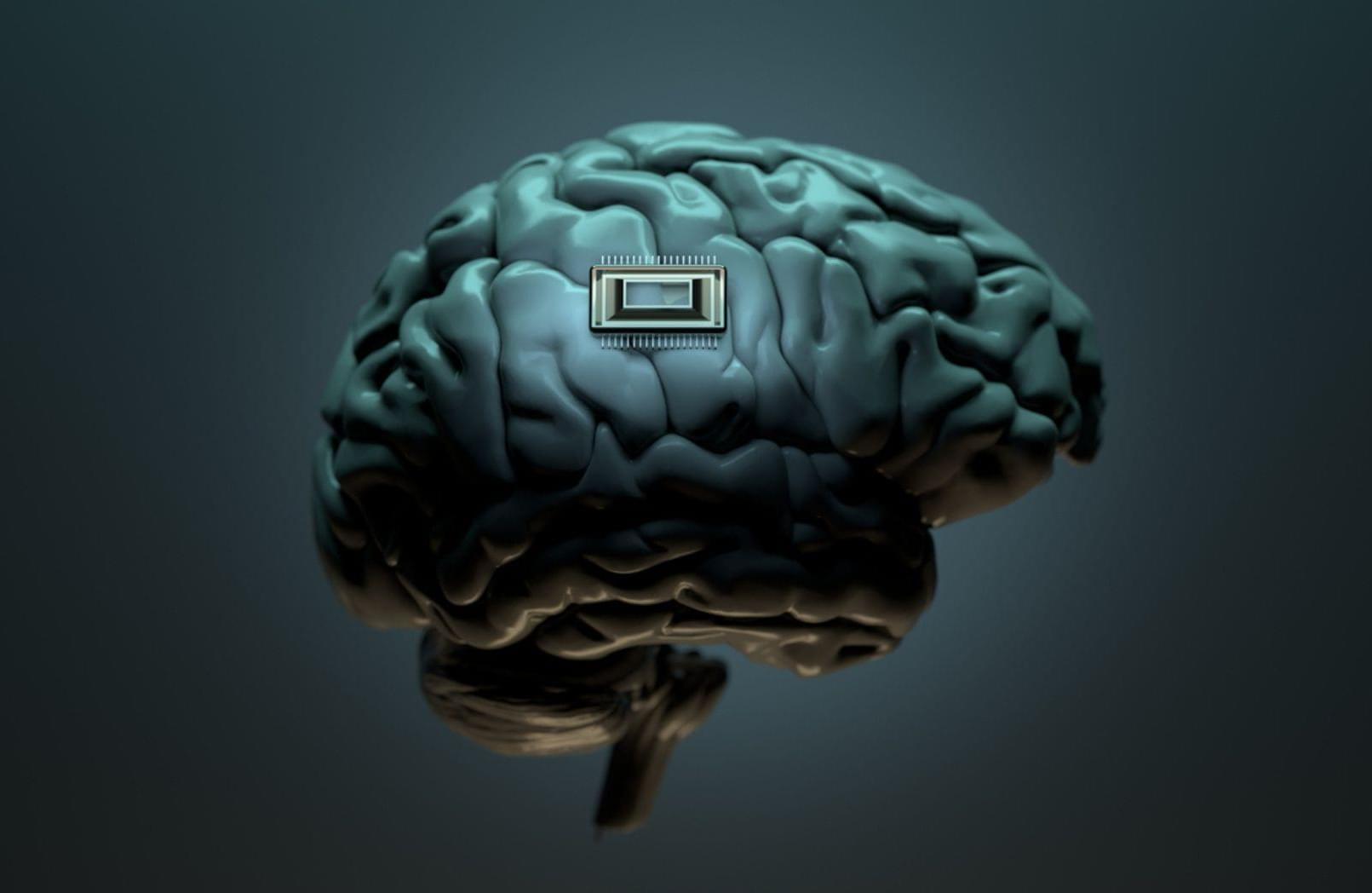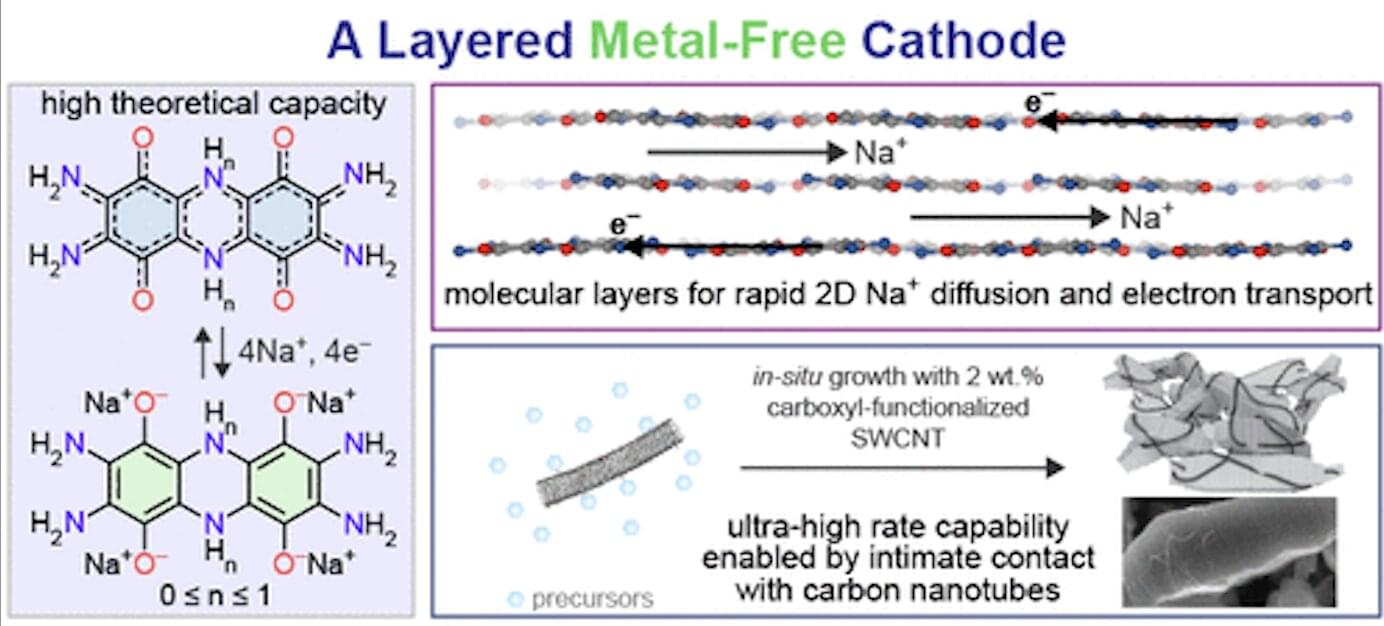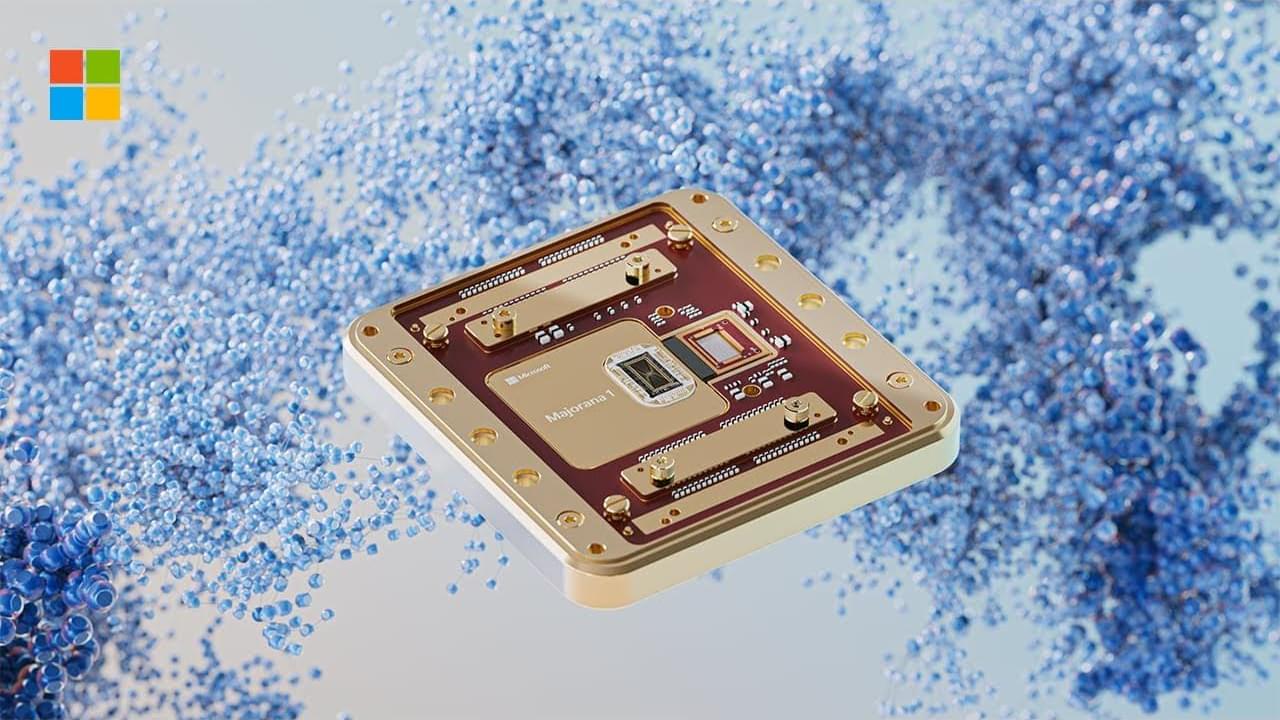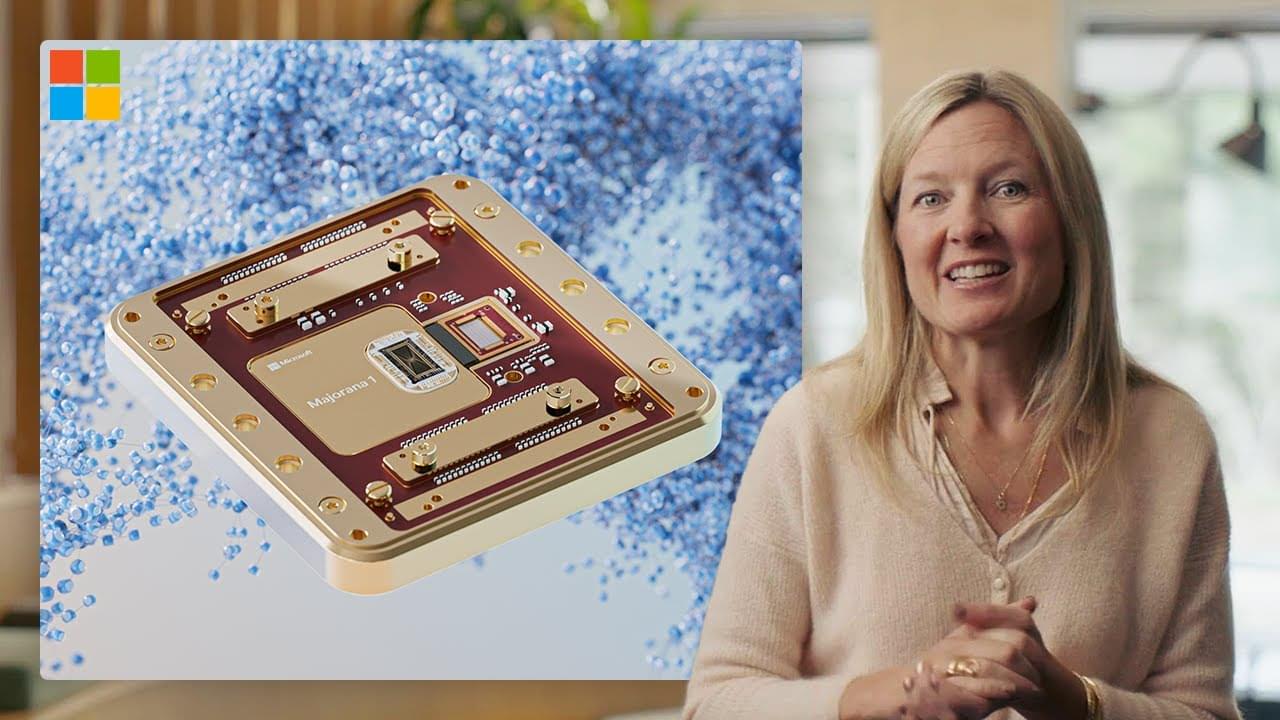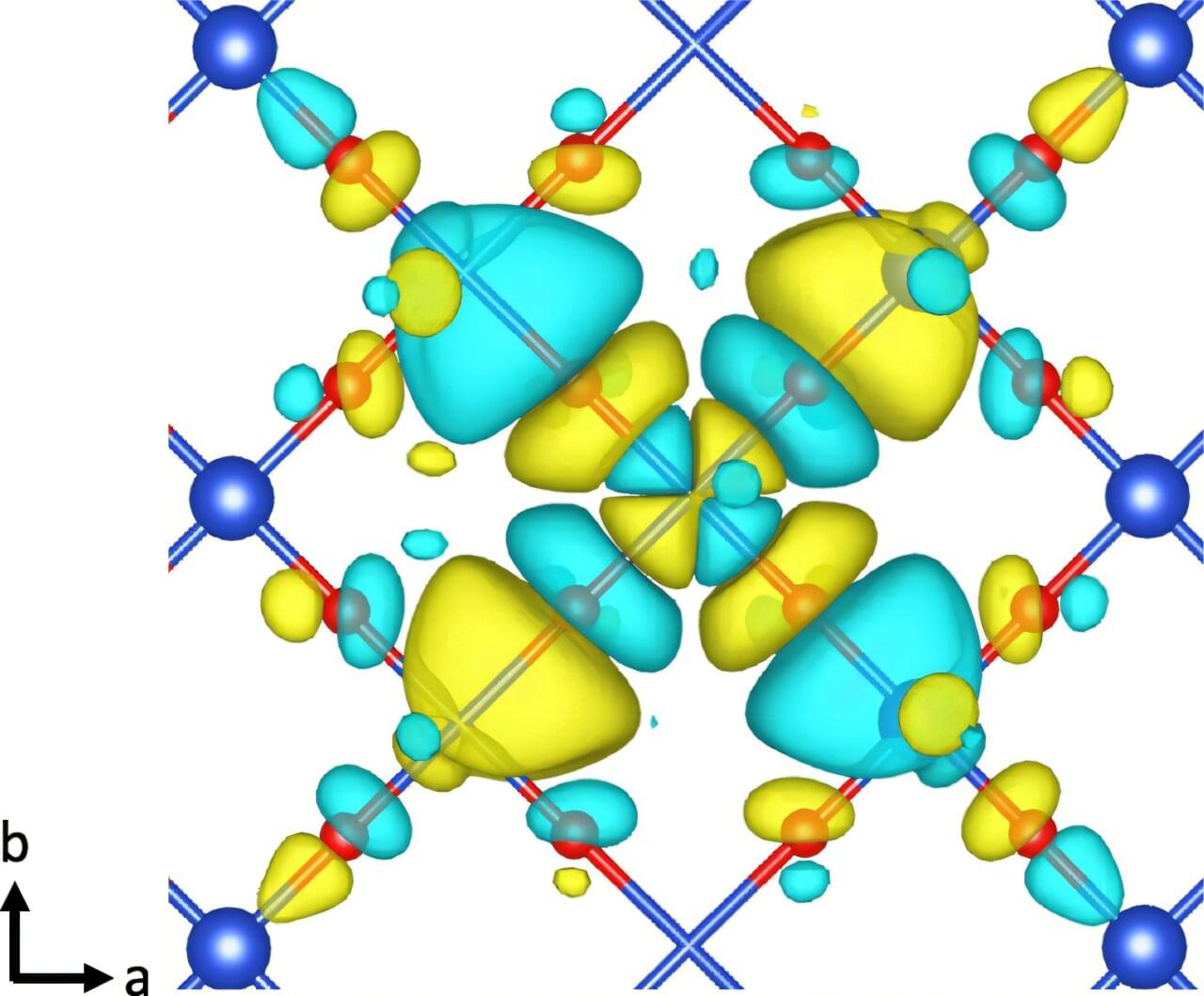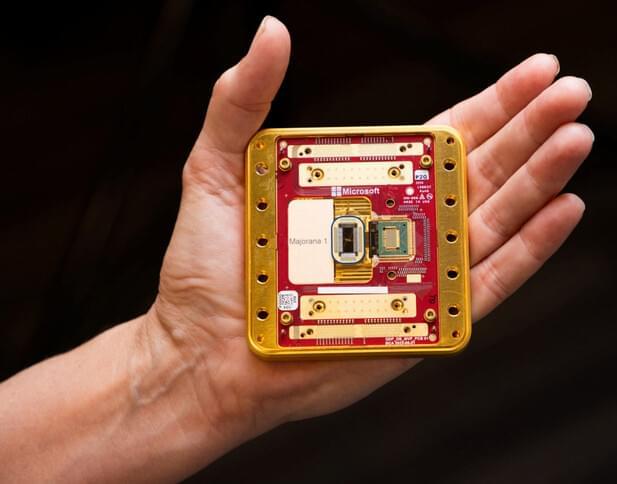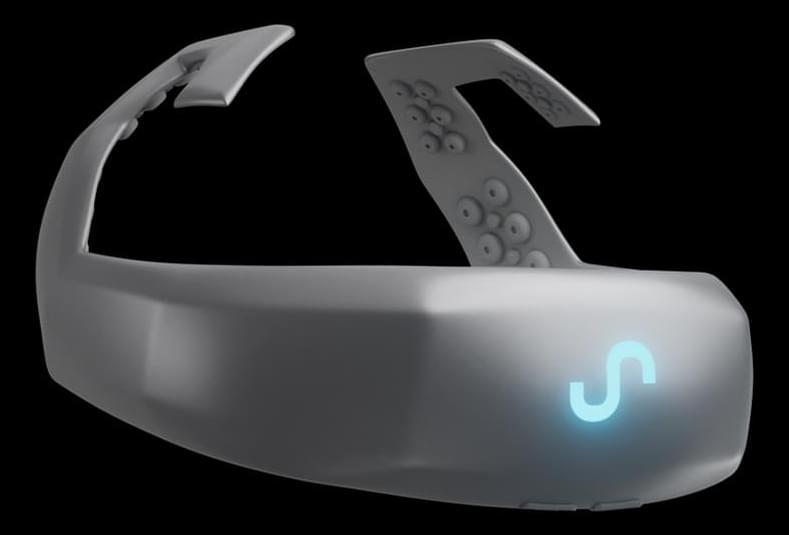The US, Europe, and China have all contributed significantly to BCI advancements. Companies like Elon Musk’s Neuralink focus on invasive brain implants, whereas Chinese researchers have made major strides in developing non-invasive and adaptive BCIs.
This latest breakthrough underscores China’s commitment to making BCIs more efficient and user-friendly. By enabling a two-way interaction between brain and machine, the new system takes a significant step toward integrating BCIs into everyday life, from medical rehabilitation to consumer electronics.
The study was published in the journal Nature Electronics.
